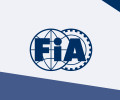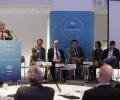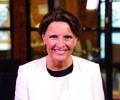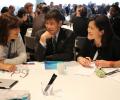Building future cities
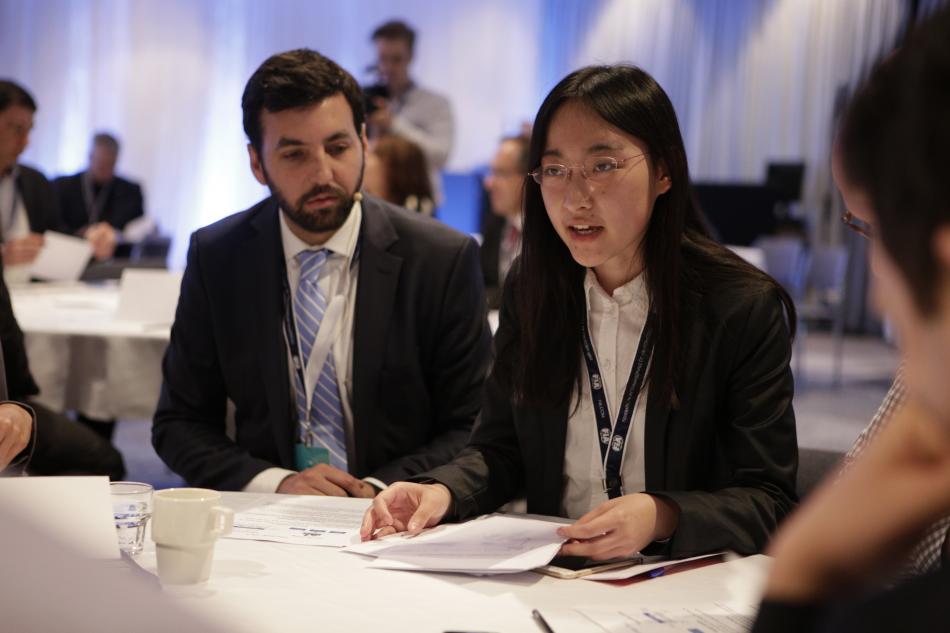
Today’s second workshop saw delegates learn how their Clubs might influence the shape of future urban mobility.
The FIA, in collaboration with the Institute for Political Science in Paris, has launched a fascinating project examining how club involvement on the promotion of sustainable urban mobility, and as part of the research being undertaken by the Capstone Team conducting the study, delegates were invited to brainstorm solutions in relation to a number city case studies.
Moderated by Carlo Hinojosa of the Technopolis Group, the workshop began with a presentation by Jonas Ericson, a representative of the city of Stockholm. Sweden’s capital is viewed as an exemplar in the development of sustainable mobility solutions and Ericson explained to delegates how the city built Sustainable Mobility Plans (SMPs), touching upon the role of clubs in the process.
The interactive part of the workshop then saw delegates, broken up into groups of 10, presented with a package of materials relating to three sample cities and asked to define potential mobility solutions for all three. The identity of the cities was not revealed until the end of the session when delegates were informed they had been planning sustainable solutions for Gothenburg in Sweden as an example of a small city, Mexico as a megacity and San Francisco as a metropolis in a developed country.
With the interactive element of the complete and the findings gathered by the four SciencesPo students involved in the Capstone Team, the delegates were finally treated to a second presentation.
Sophie Roizard of Switzerland’s World Business Council of Sustainable Development outlined the WBCSD’s work in developing concrete solutions for sustainable mobility and how the organisaton works with cities and corporate stakeholders, including automobile manufacturers, to build a methodology for solutions based on analysis of sustainable mobility on indicators present in urban environments. Her presentation took the Thai capital of Bangkok as a case study.
The delegates’ brainstorming efforts during the session were not in isolation. The Capstone Team will use the information gathered as part of its research into the capacity for mobility clubs to play a strong role in defining future urban mobility.
Once the students’ report is complete it will be presented to all stakeholders involved in the project – the FIA, the administration of SciencesPo and a consultancy group that is following the Capstone Tea – for validation.
Depending on the outcomes of the study, the FIA is also investigating the possibility of presenting the study’s findings at the United Nations’ organised Habitat III cities conference set to take place in Quito, Ecuador in October in order to demonstrate how motoring organisations can be involved in how they can also contribute to building the New Urban Agenda.
The New Urban Agenda will be the outcome document agreed upon at Habitat III. The agreement will guide the urbanisation efforts of a wide range of actors including nation states, city and regional leaders, international development funding agencies, United Nations programmes and civil society over the next 20 years.

 Facebook
Facebook Twitter
Twitter